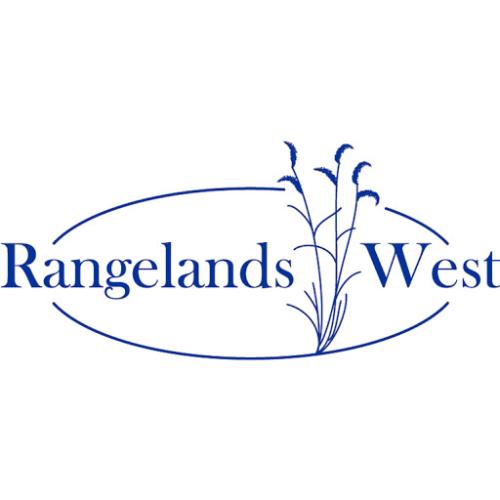Animal agriculture is an integral part of food-producing systems, with foods of animal origin representing about one-sixth of human food energy and one-third of the human food protein on a global basis. Animals convert forages, crop residues, and food and fiber processing by-products to high quality human food; provide draught power for about half the world's crop production; and provide manure to help maintain soil fertility. Animal production makes important contributions to agricultural economies throughout the world and to food security in developing countries. Animals also consume one-third of the global cereal grain supply. In a world with human population forecast to reach 7.7 billion by the year 2020, a fixed or possibly shrinking quantity of arable land, and an estimated 800 million undernourished people, quantifying the net contribution of animal production to quantity and quality of the food supply is important. Current global food supply is sufficient to provide everyone with an adequate diet. The inequitable distribution of food, which leads to hunger in some areas, is caused by inequities in income distribution, a complex issue not likely to be addressed effectively by changes in any one component of agricultural production systems. Consumption of meat, milk, and eggs varies widely among countries, reflecting differences in food production resources, production systems, income, and cultural factors. Per capita consumption of these foods is much higher in developed countries but the current rapid increase in many developing countries is projected to continue. Total meat consumption in developing countries is projected to more than double by the year 2020, while, in developed countries, it is projected to increase no more and, in some cases, less than population growth. Because most of the world's population is in developing countries, which are experiencing the most rapid growth rates, global demand for meat is projected to increase more than 60% of current consumption by 2020.

Articles, citations, reports, websites, and multimedia resources focused on rangeland ecology, management, restoration, and other issues on American rangelands.